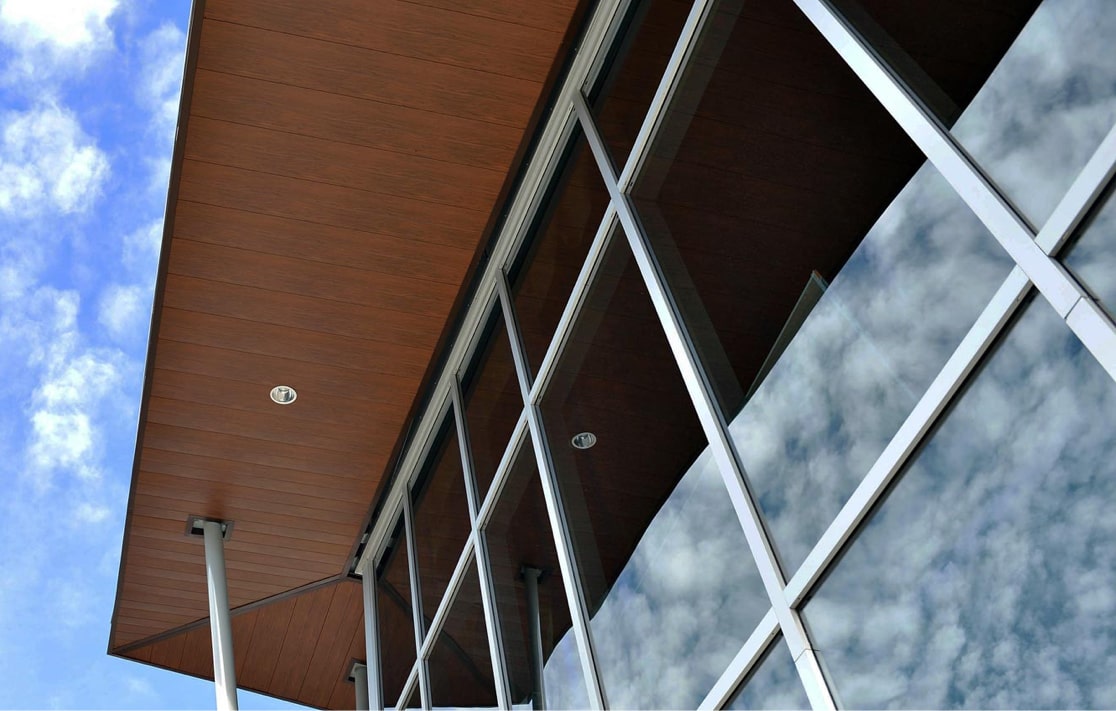Lean construction was coined in 1993 with the founding of the International Group for Lean Construction (IGLC). Since the founding of IGLC the organization has progressively transformed the ideas of Lean to fit the unique needs of the construction industry; including, the first mention of Last Planner, at their inaugural conference, which began the foundations of what became the Last Planner System.
What does it mean to be Lean?
To fully understand Lean we must first understand the origin. Lean is based on the Toyota Production System (TPS), developed by Taiichi Ohno and Eiji Toyoda between the 1940’s to 1950’s, and expanding through to the 1980’s. It was originally developed to allow a small automobile manufacturer, from war-torn Japan, to improve worker productivity and directly compete head-on with companies in Europe and The United States.
The TPS is “a production system based on the philosophy of achieving the complete elimination of all waste in pursuit of the most efficient methods.” It was fully grounded in the ideas of continuous improvement and respect for people at the core, along with two base concepts: “Jidoka” (automation with a human touch), and “Just-in-Time”. Through the implementation of the TPS, Toyota was able to go from a small automobile manufacturer bailed out by the Bank of Japan in 1949 to the top-selling automaker in 2020. Toyota also consistently places high in multiple global rankings including sustainability, innovation, most admired companies.
Why Lean is Needed in Construction
Studies conducted by the LCI indicates that 70 per cent of projects are delivered late and 73 per cent are over budget, rework and waste is common and high. This can lead to conflict within teams resulting in the overall customers not being satisfied. According to Reinventing Construction: A route to Higher Productivity, 2017 report by McKinsey & Company, the construction industry has only seen labour-productivity growth of one per cent per year over the past 20 years. Compared to 2.8 per cent growth of the total world economy and 3.6 per cent compared to manufacturing there is room for Lean to have an impact on the construction industry.
How Chandos Implemented Lean and Continuous Improvement
Our teams know that consistency is the key to certainty. If you step onto a Chandos worksite from Vancouver to Ottawa, you’ll find everything is in its place. The ideas behind Lean construction are implemented based on two interconnected strategies. First is building the knowledge base required for Lean, and second, creating the cultural shift required for implementation and making continuous improvement sustainable. A Lean journey must be simultaneously championed by upper management and implemented from the bottom up. Only the people working on the process should improve the process because they are most familiar with it; however, leadership must provide the opportunity and vision required.
There are many industry experts available to help new companies with their Lean strategy. Chandos’ path was carved out with the help of DPR Construction in the United States, author Paul Akers, and various Lean coaches. We have also made ourselves available to help companies starting their Lean journey. Our Lean 101 training is routinely provided within our organization, where all sub-trades, consultants, and the owner's group are invited to attend.
Lean Culture Transformation
Only with a basic understanding of Lean and the tools available can an organization start the cultural transformation required to implement sustainable continuous improvement.
We started our cultural shift based on the concepts of 2-Second Lean and Fix What Bugs You, by Paul Akers. The practice is based on three simple steps:
- Improve any process or activity. (It is considered an improvement if it saves two seconds or more)
- Take a video highlighting the improvement
- Share the video with the rest of the organization.
2-Second Lean is easy for people to do and it empowers employees to make small, consistent improvements, and share them with colleagues. It’s also accessible doable to all employees regardless of position. During the COVID-19 pandemic using these techniques had a profound impact on our ability to keep our workers safe, and productivity high. Project teams were implementing safety protocols, sharing them company-wide, while other teams took those ideas and improved them. The cycle repeated for several weeks until all teams were implementing the same safety protocols which will continue to remain in place even after the pandemic is over.
Benefits of Lean Construction
The benefits of Lean implementation into the company culture ensure that departments are self-sustaining. Amid changes and turnover, employees can continue following Lean methodologies without serious negative impacts. Lean incorporates the entire organization, values people, and improves knowledge transfer between diverse groups. Furthermore, it encourages continuous improvements and increases employee motivation.
Implementing Lean into your culture and committing to practicing it is vital to its success. Without a culture of continuous improvement, it is difficult to maintain long-term motivation, efficiency, and business results.
